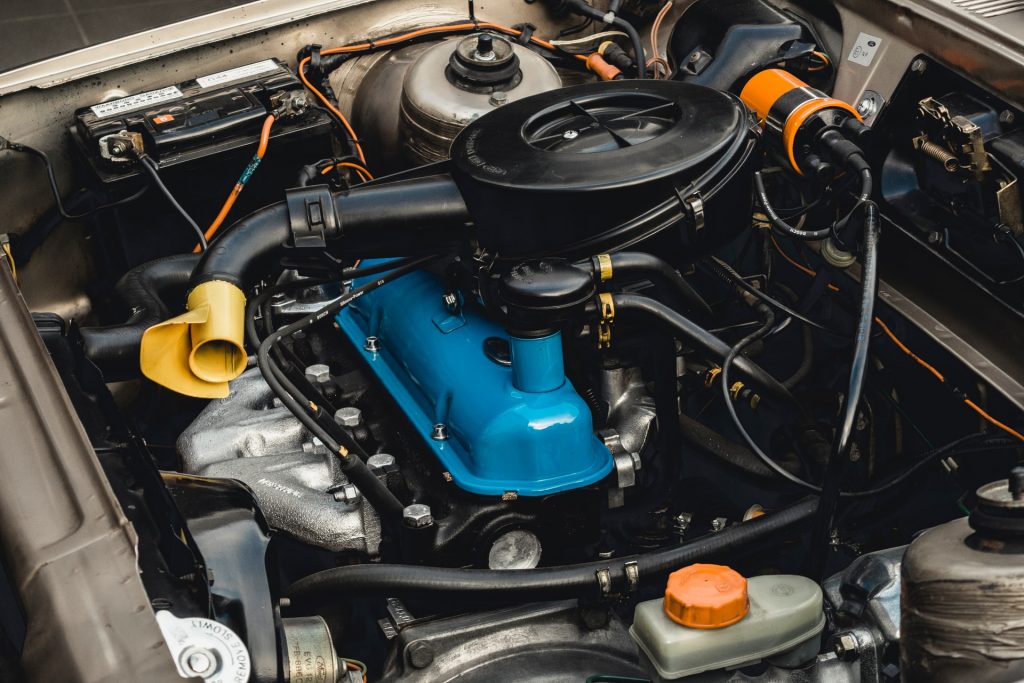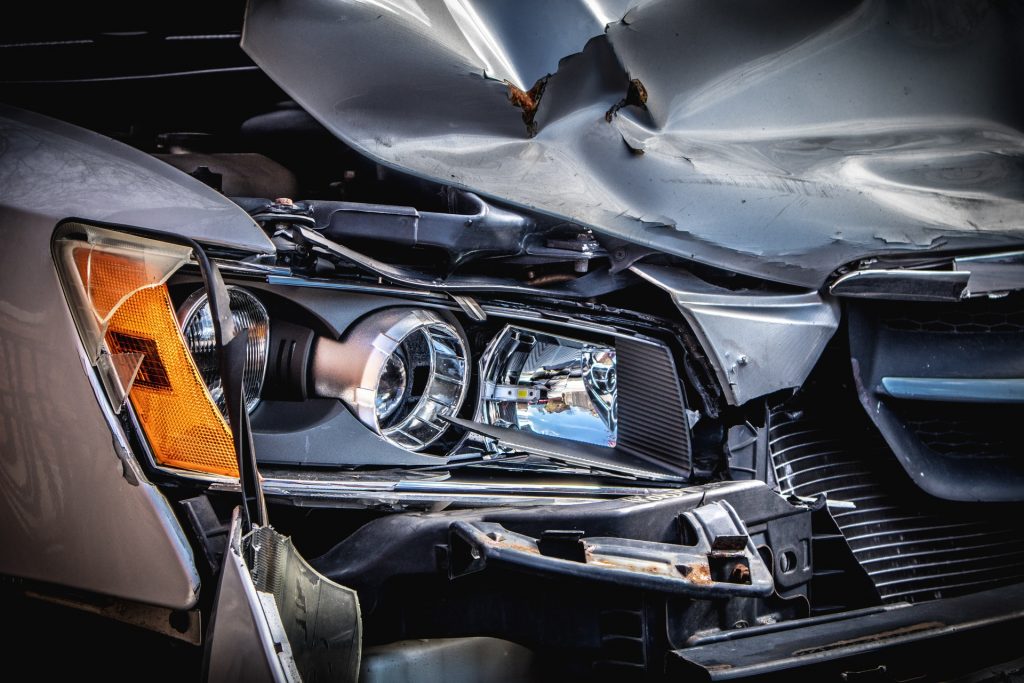Write off check
When it comes to purchasing a car, you want to make sure that what you see is what you get. A fine-looking exterior can hide the internal damages that may have occurred over time. Luckily, there is an easy way to check the history of the vehicle, and all you need is the registration number. Simply go to our home page and enter the vehicle registration number. You will then be taken to a page that will include the vehicle’s current MOT, Tax status and how much it will cost for future reference, as well as the mileage information. You can get a vehicle history check by purchasing the ‘Gold Check’. This sample report will give you an idea of what to expect.

How do we get our information?
If the vehicle in question has sustained damage over time, the information we provide comes from the DVLA, with the information having been recorded by the insurer. This unfortunately means that the amount of intel we can access on the extent of the damage, how it occurred, and how severe it was, can be limited. We also have trusted third-party connections that we can tap into if we feel like we need more information or some confirmation.
What do we mean by ‘category’?
We will be able to tell you the category of the car that you are looking at, which can be a major factor in your decision-making when it comes to purchasing a new vehicle. Vehicles that have been in an accident that has sustained any kind of damage, are allocated into categories. These categories will vary from being a complete write-off to having sustained minimal damage and are repairable. We will be able to tell you what category the vehicle falls in, which can be an instant red flag, or green light to go ahead with the purchase.
What are the categories?
There are six different categories that cars can fall under. Below is a description of each category, but keep in mind that there is a high chance that the car you are looking to purchase has already been repaired, but it is good to know the previous condition.
- Category A: Category A is the worst-case scenario. This is when the car is a complete write-off and has such severe damage to the vehicle, that it is not even worth salvaging. You cannot even sell any parts from a vehicle in this category, and the only future the car has is destruction. This is usually given to vehicles that have been caused by fire damage or a significantly serious accident. If you’re looking to purchase a car, this is the one that you need to avoid more than any other category.
- Category B: Category B is the next level of most serious damage to the vehicle, as it is only worth being stripped for parts. The car is not allowed to be driven again, and its only purpose now is to provide undamaged pieces of the vehicle. This is another category that needs to be avoided if you are wanting to purchase a car that you want to drive.
- Category C: Category C has significant damage to the car, but it is repairable. However, the costs of repairing the damages that have been sustained to the vehicle will potentially cost more than the vehicle itself. This is the kind of category that you want to avoid if you’re looking for something to drive away in, but great if you are looking for a DIY project.
- Category D: Category D is very similar to Category C, but the damages were less significant, so potentially an easier and cheaper fix. If the car has already been repaired at the time of purchase, this is usually a pretty safe option. But remember, that it’s always best to have a professional look over the car before purchase.
- Category S: Category S cars have technically been written off, but are potentially salvageable because they’re structurally damaged, but repairable. The kind of damage of this category will be along the lines of suspension or chassis, so just be aware of the cost that will come up with fixing a structurally damaged vehicle. It’s always best to get a car checked out by a mechanic before you make a purchase.
- Category N: Category N vehicles are the ones that have had non-structural damage such as things to the bumper, roof panel, engine, seats etc. Even though this category could be seen as the cars with the least amount of damage, it still pays to have a professional look at the vehicle before purchasing.

Why is a write off check important?
A car is a massive investment and is usually your lifeline. Therefore, if you are going to invest your hard-earned cash into a vehicle, it’s in your best interest to have an understanding of the vehicle’s history, so you can be aware of potential future issues. If the car has been professionally repaired, it should be safe to purchase from categories S, N, D and C. The price should be significantly less as compared to other cars of the same brand that have not sustained any damage, so make sure you do some research here, if the prices are similar, you’d be better off spending the money on the car that hasn’t had the repairs.
Does the seller have to supply the vehicle history?
Under UK law, if you are purchasing your car from a dealership or trader, they must provide you with a Hire Purchase Investigation (HPI) check, that will have the vehicle’s history clearly explained. If you are purchasing from a private owner, however, they have no legal obligation to provide this information to you. Although it is always recommended to have a professional assess the car before purchasing, it should be an essential part of the process if you are buying privately, as there is no law protecting you from any secrets.


